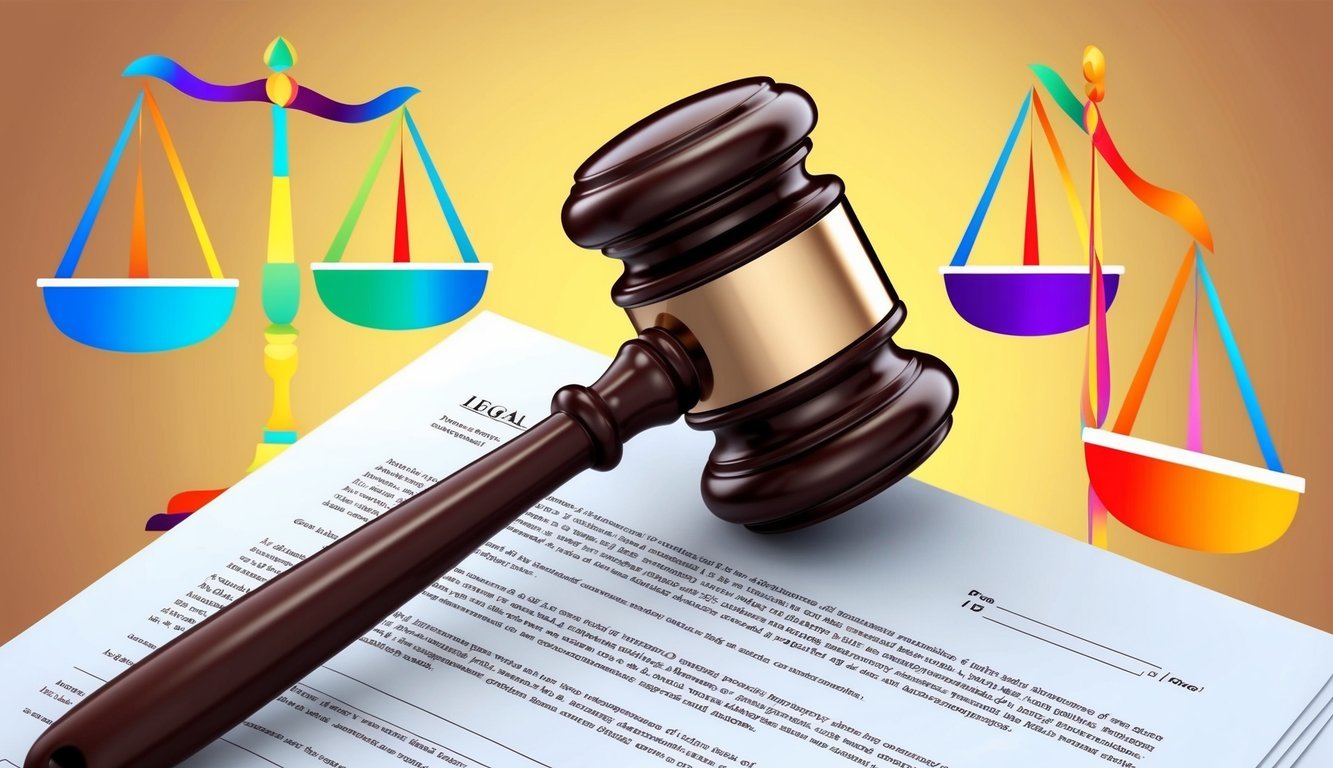
As the New Year approaches, many people are busy making last-minute holiday purchases and finalizing their celebration plans. Amidst this flurry of activity, an important legal decision from a California federal court has brought digital privacy issues to the forefront. The case, Posadas v. Goodyear Tire & Rubber Co., No. 23-cv-0402-L-DDL, 2024 U.S. Dist. LEXIS 228992 (S.D. Cal. Dec. 13, 2024), evolved from a discussion about website tracking to a deeper investigation into what constitutes real harm to privacy.
Legal Precedents and Their Impact
Imagine claiming someone rifled through your diary without any clear proof or evidence of damage—this unsubstantiated assertion isn’t compelling. That idea shaped Judge Lorenz’s ruling on the Plaintiff’s complaints regarding Goodyear’s session replay software, which recorded users’ interactions by tracking everything from mouse movements to keystrokes. The Supreme Court’s decision in TransUnion L.L.C. v. Ramirez emphasized that feeling watched isn’t enough; for claims of privacy violations to hold weight, they need to reflect recognized harms established by U.S. law.
One major hurdle for the Plaintiff was the inability to specify what exact private information Goodyear recorded. Drawing on precedent from cases like Friends of the Earth, Inc. v. Laidlaw Env’t Servs., Inc. and Spokeo, Inc. v. Robins, the court asserted that any claims must be based on definitive injuries rather than vague assumptions. It warned that allowing broad “what-if” scenarios could overwhelm the courts with frivolous privacy lawsuits. Therefore, it is crucial to present explicit examples of tracking and detail the related harm.
The Challenge of Proving Harm
This ruling underscores the intricate challenges faced by professionals in the realm of privacy law. The court indicated that even if Goodyear had indeed captured sensitive information, such as credit card details, it might only be deemed “record information” rather than protected communications, as clarified in In re Zynga Priv. Litig. This critical distinction impacts how privacy laws are understood and enforced in the digital landscape.
Furthermore, while the court acknowledged that session replay technology could pose potential privacy risks, it noted that standard online tracking methods typically do not constitute “highly offensive” invasions of privacy, as referenced in legal precedents like Hernandez v. Hillsides, Inc. and In re Vizio, Inc. This brings up a vital question: when does regular website tracking cross the line into a genuine infringement of privacy rights?
To put this into perspective, think about the plethora of data gathered about your online shopping habits. The legal conundrum lies in identifying which pieces of that data could realistically signify a privacy breach. Judge Lorenz highlighted that privacy rights entail a measure of control over personal information; however, merely suggesting a potential loss of control is insufficient without demonstrating unauthorized access.
Key Takeaways from the Ruling
It’s important to note that this ruling does not trivialize privacy concerns; instead, it emphasizes the need for robust evidence to back up claims of privacy violations. The gap between perceived invasions of privacy and legally recognized harm is broader than many individuals might think. As our online interactions continue to grow, grasping this distinction becomes ever more essential.
In the end, the court dismissed the case with prejudice, determining that the Plaintiff lacked the standing to proceed and failed to present valid claims under the California Invasion of Privacy Act (CIPA) or for intrusion upon seclusion. Despite several attempts to revise the complaint, the Plaintiff could not specify what personal data Goodyear collected or demonstrate actual harm arising from that data gathering. The outcome sends a strong signal that privacy claims need to encompass specific evidence of harm rather than relying on general tracking assertions if they hope to succeed in federal court.
To sum it up, successful privacy claims hinge on specific instances of injury rather than on hypothetical situations. As we look forward to the New Year, I will further explore these themes in my upcoming analysis of a recent case involving Zillow.com, where online real estate meets privacy issues. Stay tuned for that insightful discussion!
Source: Natlawreview

